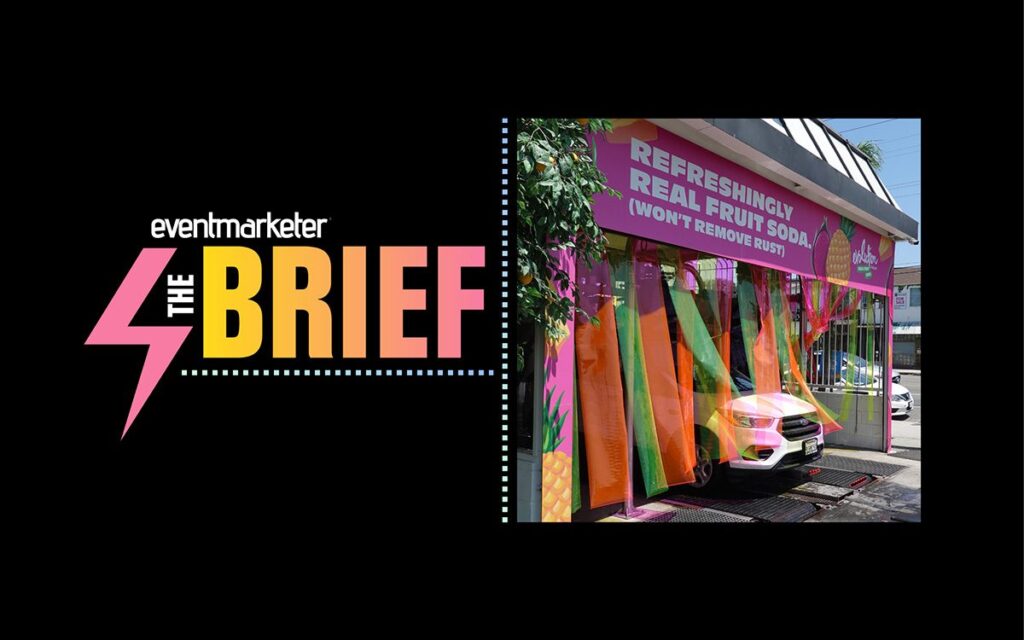 Building a strong brand takes time, commitment, and hard work, but the result is one of the most valuable assets a company can own. Instant identification in the mind of the customer, a reputation for competence and quality, the knowledge that the promises of the brand are genuine and not just slogans…the list of benefits goes on.
Building a strong brand takes time, commitment, and hard work, but the result is one of the most valuable assets a company can own. Instant identification in the mind of the customer, a reputation for competence and quality, the knowledge that the promises of the brand are genuine and not just slogans…the list of benefits goes on.
A strong, mature brand isn’t a static asset. It must be cared for and nurtured, kept fresh, dynamic, relevant, and at top of mind while retaining its unmistakable identity and heritage. This balancing act is the challenge, and the opportunity, presented by a mature brand.
On the surface, a long-established brand might seem to be a limitation, implying stodginess, a lack of dynamism, and an unwillingness to change with the times.
That perception doesn’t go deep enough. Innovation is what keeps businesses alive and thriving in a highly competitive world. Any company that’s been around long enough to develop a mature brand is almost by definition an innovator. An organization that has built a strong brand also has strong core values that define it, values that have stood the test of time. Always treasure and respect your heritage, and use it to guide your brand revitalization.
What really counts is how your brand comes across to your customers. You may be too close to tell. This is where inertia can really hurt your efforts: The older and more established the brand is, the harder it is to break free from that inward focus.
You need to know what your customers expect. The New Coke debacle is the classic (pun intended) example of failure to do this. By all accounts the product tested well, all the way down the line…but the company failed to realize that Coke isn’t all about great-tasting products. Customers wanted to know that the traditional, familiar, trusted brand would still be there, and they felt betrayed when their beloved Coca-Cola disappeared from store shelves.
That’s an object lesson in the value of getting to know the brand from the outside and understanding the true nature of the relationships that drive the business. Be honest with yourself; the companies that have been most successful at revitalizing their brands have examined themselves in an unflinchingly truthful way:
- How do your customers view you, your heritage, your values, and your ability to meet their needs?
- How do they experience the brand?
- What brand experiences are real, compelling, and differentiating?
Revitalizing a mature brand is to a degree the classic meeting of irresistible force and immovable object. One side of the argument is “change or die,” while the other is “tradition is paramount.”
The correct course, naturally, lies somewhere in between. The trick is to place yourself in the center of that debate and hear both sides. The “10-80-10” rule of focus is useful here:
- Acknowledge your heritage (10%)
- Address the needs of today (80%)
- Look forward to the future (10%)
This gives continuity, ensures relevance, and shows that you’re thinking ahead.
Before a mature brand can be redeveloped, it needs to be thoroughly understood. Peel back the layers:
- What is it about the brand that gives it its identity?
- At the core, what gives the brand its value?
- What’s the central idea?
This is where having a mature, established brand can be an advantage. A new brand has no established core, no heritage, no track record to leverage. That central, pure idea of your brand–the core of value creation–will become the centerpiece of its revitalization.
By keeping that vital core intact, you retain the essence of the mature brand even as you revitalize it. Staying focused on that valuable core idea is the single most important thing you can do.
Hampton Bridwell is president of BrandLogic (www.brandlogic.com), an identity consulting and communications agency based in Wilton, CT.
 Network
Network

